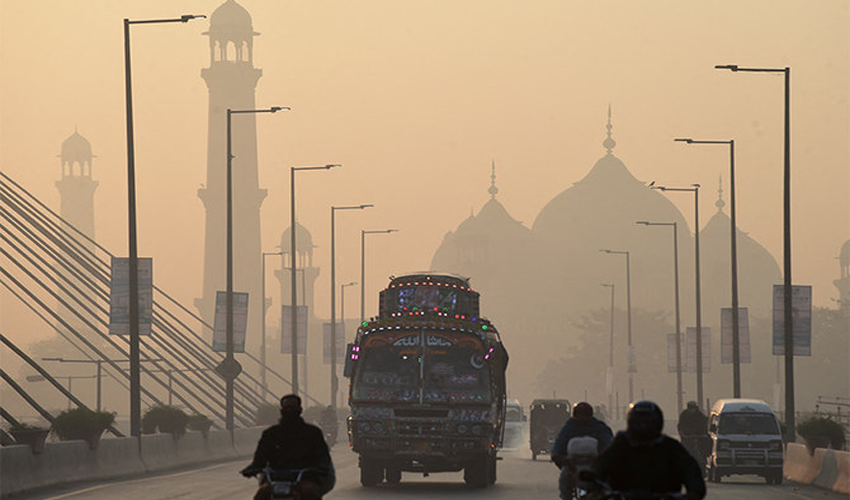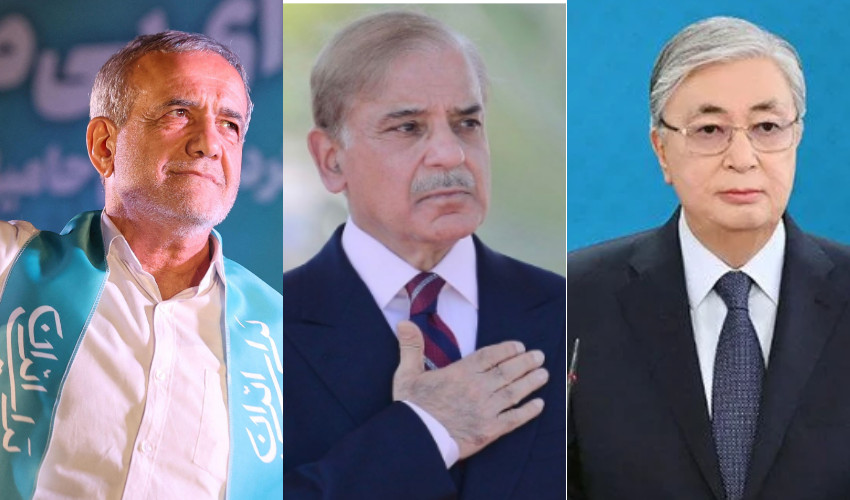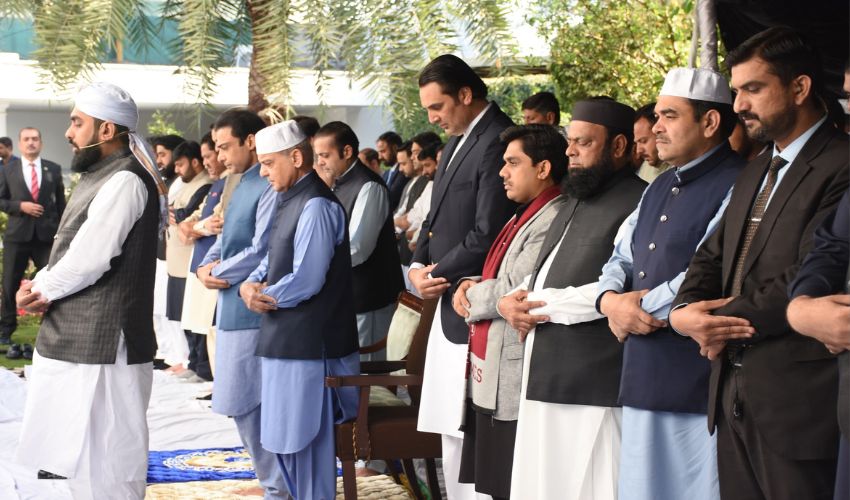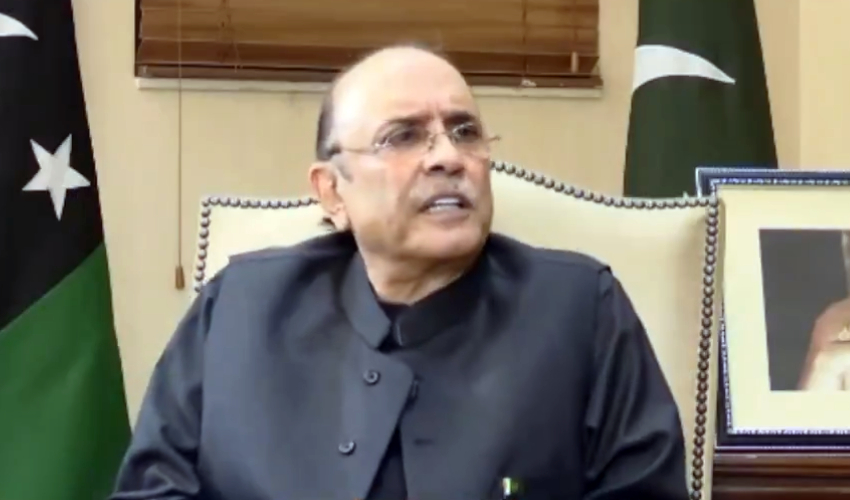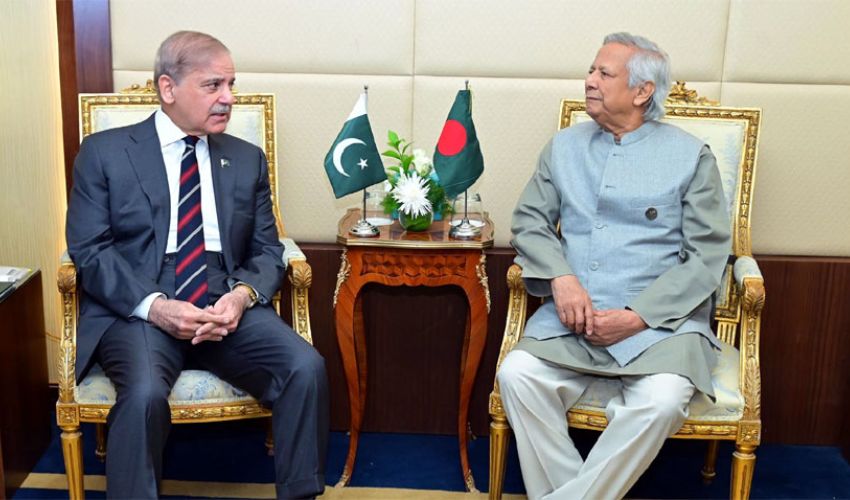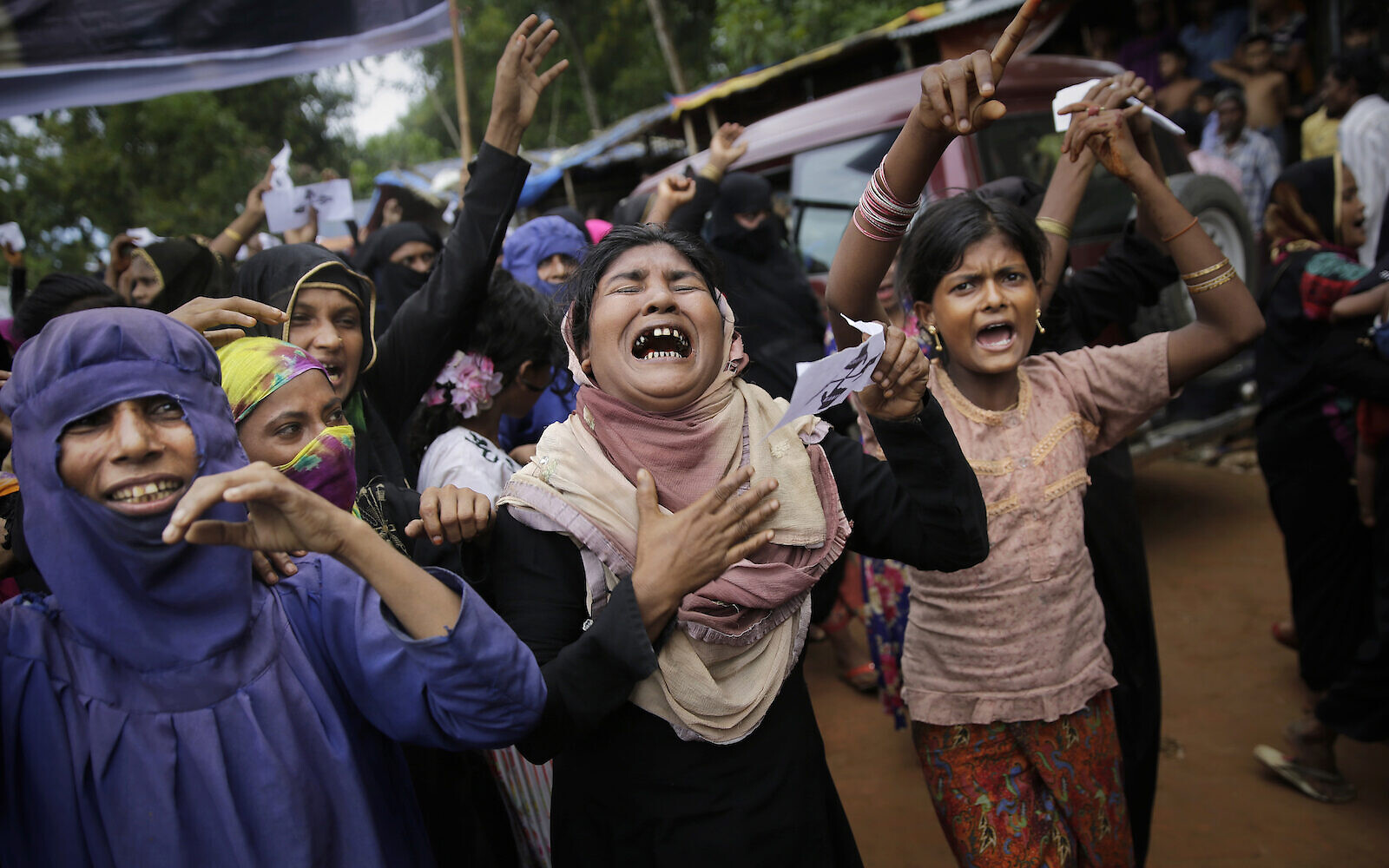Smog has become a recurring nightmare for both Pakistan and India, with alarming consequences for public health, the environment, and the economy. The severity of this problem is particularly evident in the provinces of Punjab on both sides of the border, where air pollution levels often exceed global health limits.
According to the World Health Organization (WHO), 14 of the 15 most polluted cities in the world are located in India and Pakistan, underscoring the scale of the crisis in the subcontinent. Smog, a toxic mixture of air pollutants and particulate matter, blankets these cities for months, causing widespread respiratory problems, eye irritation, and other health complications. In recent years, political leaders, environmental experts, and activists have urged the two countries to cooperate in addressing this transboundary issue. However, effective measures remain limited despite growing awareness.
Roots of Smog problem
Smog in Pakistan and India is a byproduct of various factors, including industrial emissions, vehicular pollution, and agricultural practices like stubble burning. In India, the post-harvest burning of crop residue in Punjab and Haryana contributes significantly to the problem. The smoke from these fires travels across the border into Pakistan's Punjab province, where it mixes with local pollutants to form dense smog.
Punjab Chief Minister Maryam Nawaz recently emphasized the need for "climate diplomacy" between the two countries to tackle the problem. “Both Indian and Pakistani Punjab should undertake joint efforts to combat smog. Stubble burning in Indian Punjab impacts here because of air direction. This issue needs to be taken up with India forthwith,” she said at a climate change event. Her comments reflect the urgency of the situation, as the problem of smog is not confined to one country but transcends borders due to shared environmental conditions and airflows.
Health and environmental impacts
The health impacts of smog are profound and far-reaching. In Pakistan and India, millions of people are exposed to dangerously high levels of particulate matter (PM2.5 and PM10), which can penetrate deep into the lungs and bloodstream. Prolonged exposure leads to respiratory and cardiovascular diseases, reduced lung function, and an increased risk of lung cancer. Children, the elderly, and those with pre-existing health conditions are particularly vulnerable. Smog has also been linked to premature deaths and a decrease in life expectancy.
In Pakistan, Lahore, the capital of Punjab province, has been severely affected by smog. The city was ranked as the most polluted city in the world on October 12, 2024, according to the Air Quality Index (AQI). The worsening air quality in Lahore is not a new phenomenon, but the fact that it has occurred earlier in the season than previous years is alarming. Dr. Munawar Sabir, an environmental expert, noted that the smog season, which typically begins in October, has extended its duration. “October was once considered a pleasant month at the beginning of the winter when cool breeze started blowing. However, it is our misfortune and also a result of our mismanagement and bad planning,” he said.
Apart from health risks, smog has a devastating impact on the environment. It damages crops, reducing agricultural yields, and contributes to climate change by trapping heat in the atmosphere. Additionally, the pollutants in smog can degrade infrastructure over time, causing economic losses.
Govt’s response
Recognizing the gravity of the situation, the Punjab government in Pakistan has taken steps to mitigate smog. Chief Minister Maryam Nawaz has approved the province’s first-ever smog action plan, which includes a public awareness campaign, stricter regulations on industrial emissions, and fines for stubble burning. She emphasized that addressing smog requires collective efforts, not just from the government but also from individuals. “Smog cannot be eliminated by just pressing a button, it requires collective efforts. Every individual should understand the importance of addressing smog,” she stated.
In addition, the government has introduced environmental education in schools and will be launching a smog awareness drive from October 15 to November 15. This initiative aims to inform the public, especially children, about the dangers of smog and the need to take preventive measures.
Despite these efforts, environmental experts warn that the smog season in Punjab is likely to be longer than in previous years. Citizens in major cities such as Lahore, Faisalabad, and Gujranwala are already experiencing the harmful effects of poor air quality. The excessive vehicular traffic on the Lahore-Islamabad GT Road, particularly at night, has worsened the situation. However, authorities have been criticized for not sharing AQI readings with the public to avoid panic.
Role of regional cooperation
One of the key challenges in addressing the smog crisis is the need for regional cooperation between India and Pakistan. The air quality in one country is significantly influenced by the actions of the other, particularly in the case of stubble burning. The winds that carry pollutants from India to Pakistan during the winter months exacerbate the situation in cities like Lahore. This transboundary nature of air pollution necessitates joint action and cooperation.
However, political tensions between the two countries have hindered meaningful collaboration on environmental issues. Chief Minister Maryam Nawaz’s call for “climate diplomacy” highlights the need for both governments to set aside their differences and work together on common environmental goals. Experts argue that only through joint efforts can the two countries reduce air pollution and mitigate the harmful effects of smog.
To effectively tackle smog in Pakistan and India, a multi-faceted approach is required. First, both countries must enforce stricter regulations on industries and vehicular emissions. In particular, the burning of fossil fuels and coal in power plants and factories must be reduced, and cleaner energy alternatives should be promoted. Second, the agricultural sector needs to adopt more sustainable farming practices, including alternatives to stubble burning. Governments should provide farmers with financial incentives and the necessary equipment to manage crop residue without setting it on fire.
Public awareness campaigns are also critical. While governments can introduce regulations and fines, lasting change can only be achieved when citizens take personal responsibility for reducing their carbon footprint. In Pakistan, the inclusion of smog awareness in school curricula is a positive step in this direction, as it ensures that future generations understand the importance of environmental conservation.
Lastly, regional cooperation is essential. India and Pakistan should establish a joint task force to monitor air quality, share data, and implement cross-border initiatives to reduce pollution. Such cooperation could also extend to other environmental challenges, including water management and climate change mitigation.





